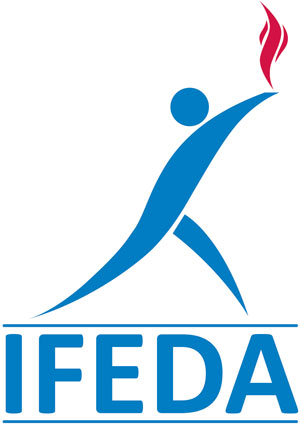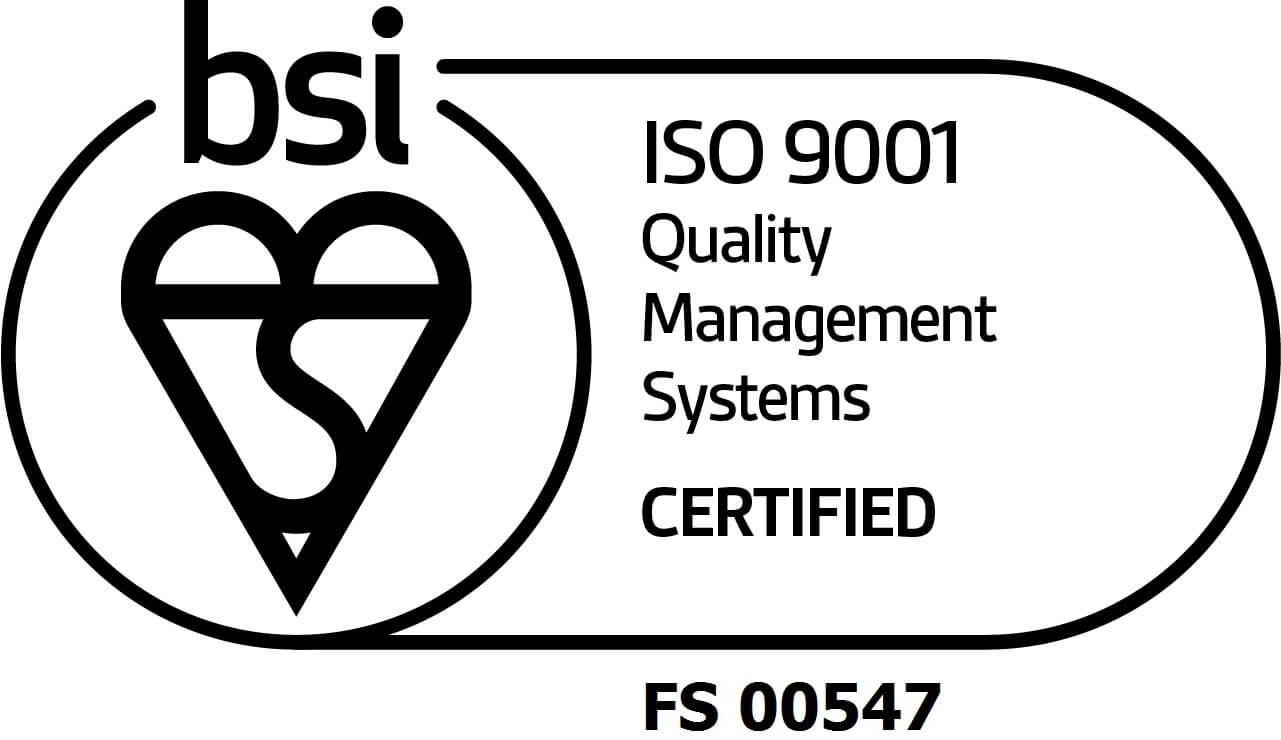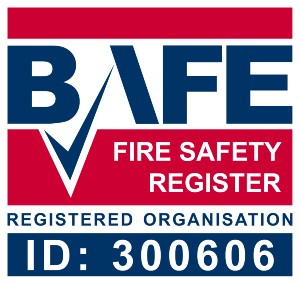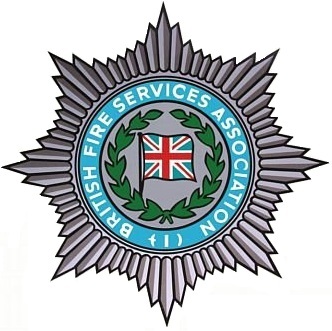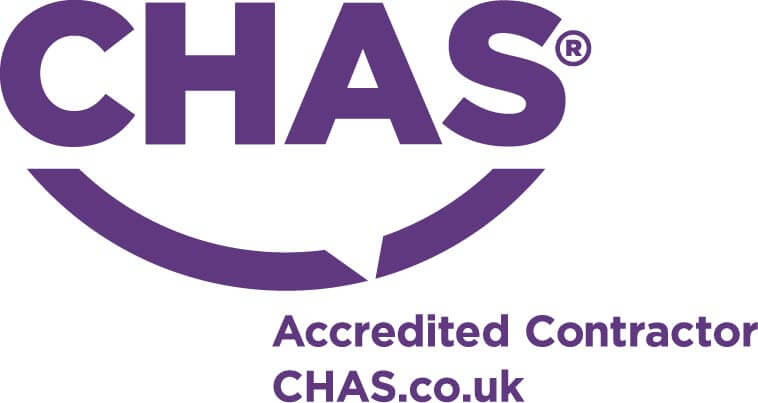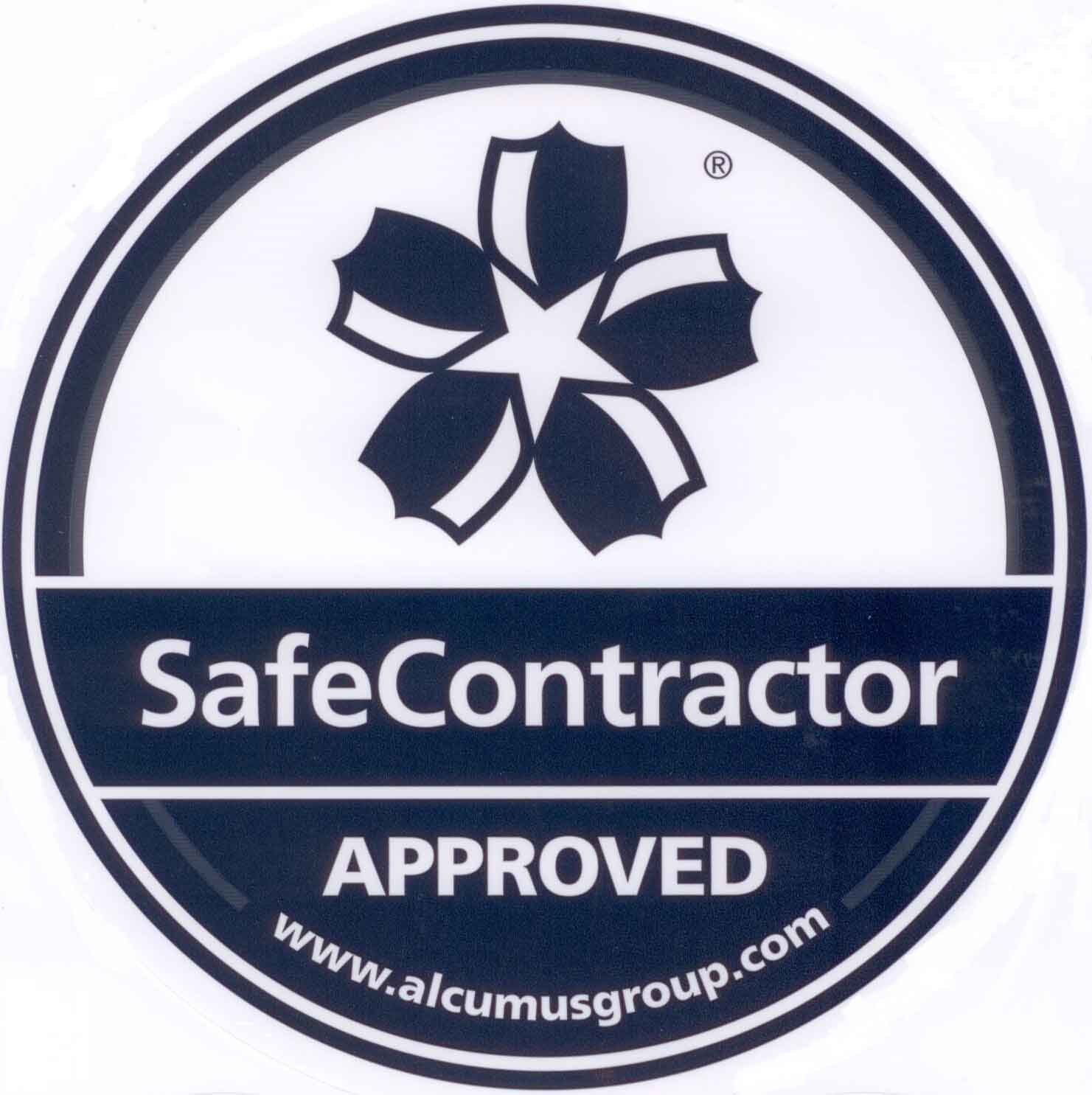Workplace Fire Drill Checklist
Whatever environment you work in – from an office to a school – fire drills are an essential part of your workplace fire safety.
In order to make this process as simple and straight-forward as possible, the fire safety team at City Fire have compiled a helpful workplace fire drill checklist, detailing what should be done before, during and after a fire drill:
Before carrying out the drill:
- Notify all employees of what is going to happen – Ensure everyone is aware that a fire drill is going to take place. This means providing them with specific details about when the drill will occur, what they will be expected to do and also firmly reminding them that their involvement is a legal requirement.
- Nominate your fire safety wardens (or senior members of staff) to observe the fire drill – If you manage a particularly large business property, or premises with multiple locations such as a school or hospital. These trained wardens can then assess the evacuation process, making sure everyone is participating and noting the appropriateness of actions and behaviours, paying particular attention to any issues which may occur during the fire drill.
- Warn visitors that a fire drill is scheduled to occur – This is for visitors who are likely to be present at the time of the drill (such as guests in a B&B or clients in an office). If you manage a premises where pre-warning visitors is unachievable (such as a shopping centre or cinema) you should try to arrange the drill during times when there are as few visitors present as possible
- Print off a register – This should include everyone in your work premises
During the drill:
- Fire safety wardens should closely assess the actions of everyone participating in the fire drill – They should pay particular attention to any behaviours that would be unnecessary or inappropriate in the event of a real emergency. This includes things such as stopping to collect coats, bags and other personal belongings and going back in to the building before the drill is finished.
- Observe people with disabilities – Take close notice of their ability to easily and quickly evacuate. Any issues which do arise – such as difficulty getting down the stairs or problems exiting the building – should be noted and subsequently addressed.
- Make sure all the nearest fire exits and escape routes are being utilised – As people leave the building, you should. It is important that employees don’t simply use the exit they are most familiar with as this may not be possible, or efficient, in the event of a real emergency evacuation.
- All escape routes should be clearly observed – With particular attention paid to any issues experienced during the evacuation plan, such as doors being difficult to open or exits being blocked.
- Take a register – This is once the evacuation process has been completed. During this stage, you should listen closely, making sure everyone is present and noting anybody who isn’t there and any issues that may have arisen.
After the drill:
- The results of the fire drill should be comprehensively recorded – In order to comply with all your legal requirements and contractual obligations. This involves documenting the details of the evacuation and clearly noting any issues that arose or inappropriate behaviours that were observed.
- Any significant findings of the drill should be recorded within the Fire Risk Assessment – Such as ineffective escape routes, blocked hallways or specific problems personally experienced by individuals. These should then be reviewed regularly as part of your workplace fire safety.
- Remedial action should be undertaken asap – If the results of the fire drill prove that remedial action is required, such as the installation of additional fire safety signs or fire alarms, this should be undertaken as soon as possible by a professional fire safety company.
Developed to aid evacuation and significantly reduce the risk of injury or harm in a fire, they involve replicating a real emergency procedure and emulating the processes which would be undertaken should a fire occur. They usually include setting off fire alarms and involve your employees, and any customers, guests or visitors within your premises, evacuating the building.
In order to fulfil your legal obligations, and in accordance with all fire safety regulations, fire drills should be conducted at least once a year (more often in environments such as schools and nurseries).
The practice of regularly undertaking a fire drill is a crucial part of your compliance with The Regulatory Reform (Fire Safety) Order 2005. As an owner or manager of a business property, you are legally deemed the ‘responsible person’ and, as such, it is your duty to plan for an emergency and provide staff with fire safety information, instruction and training. Therefore, you must also make sure regular fire drills are carried out and any important results are documented. Fire drills are also an important evaluation of your evacuation procedures and any remedial actions deemed necessary as a result should be carried out by fire safety specialists.
For help organising your fire drill and for professional fire safety training, contact City Fire Protection today.
City Fire Protection
Here at City Fire we are leading fire safety experts, specialising in the supply, installation and maintenance of a huge range of fire protection and detection equipment. Whether you need a fire alarm installed, your fire extinguishers serviced or a Fire Risk Assessment conducted, we can be of assistance and our team of fully trained, highly experienced specialists promise to complete everything to the most superior standard, ensuring you are in full compliance with all legal regulations. So for more information, get in touch with the professionals at City Fire today!


